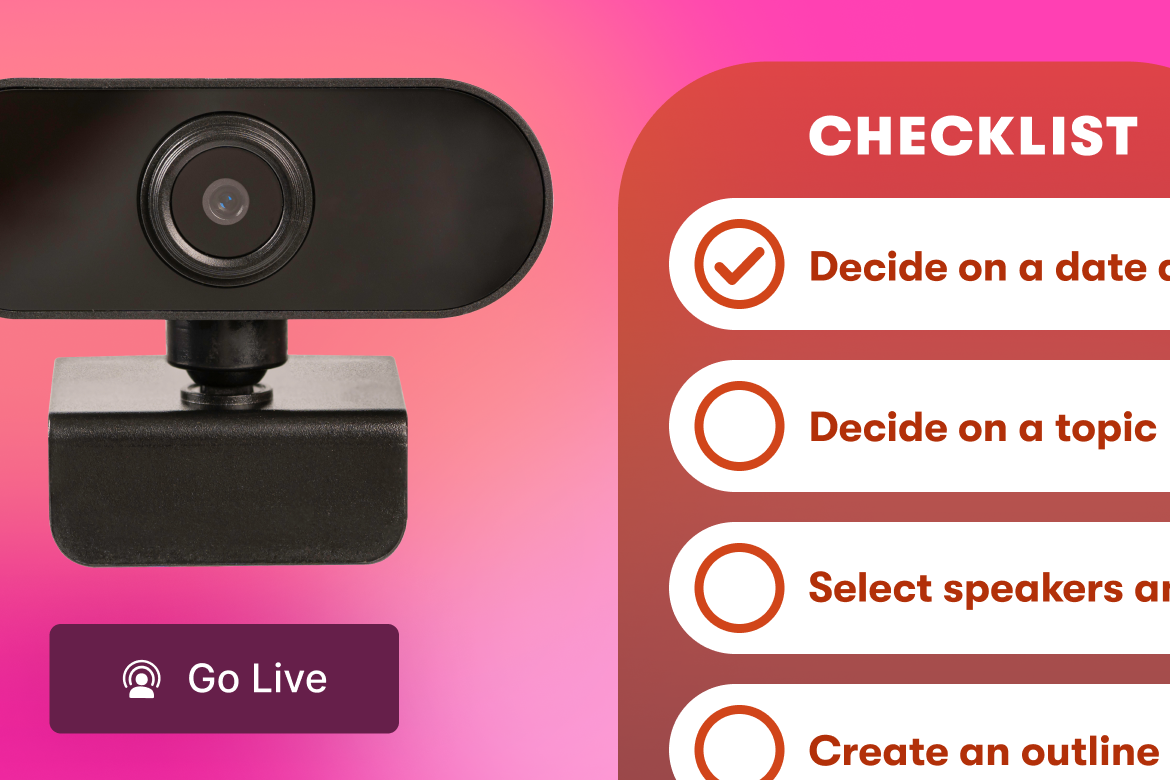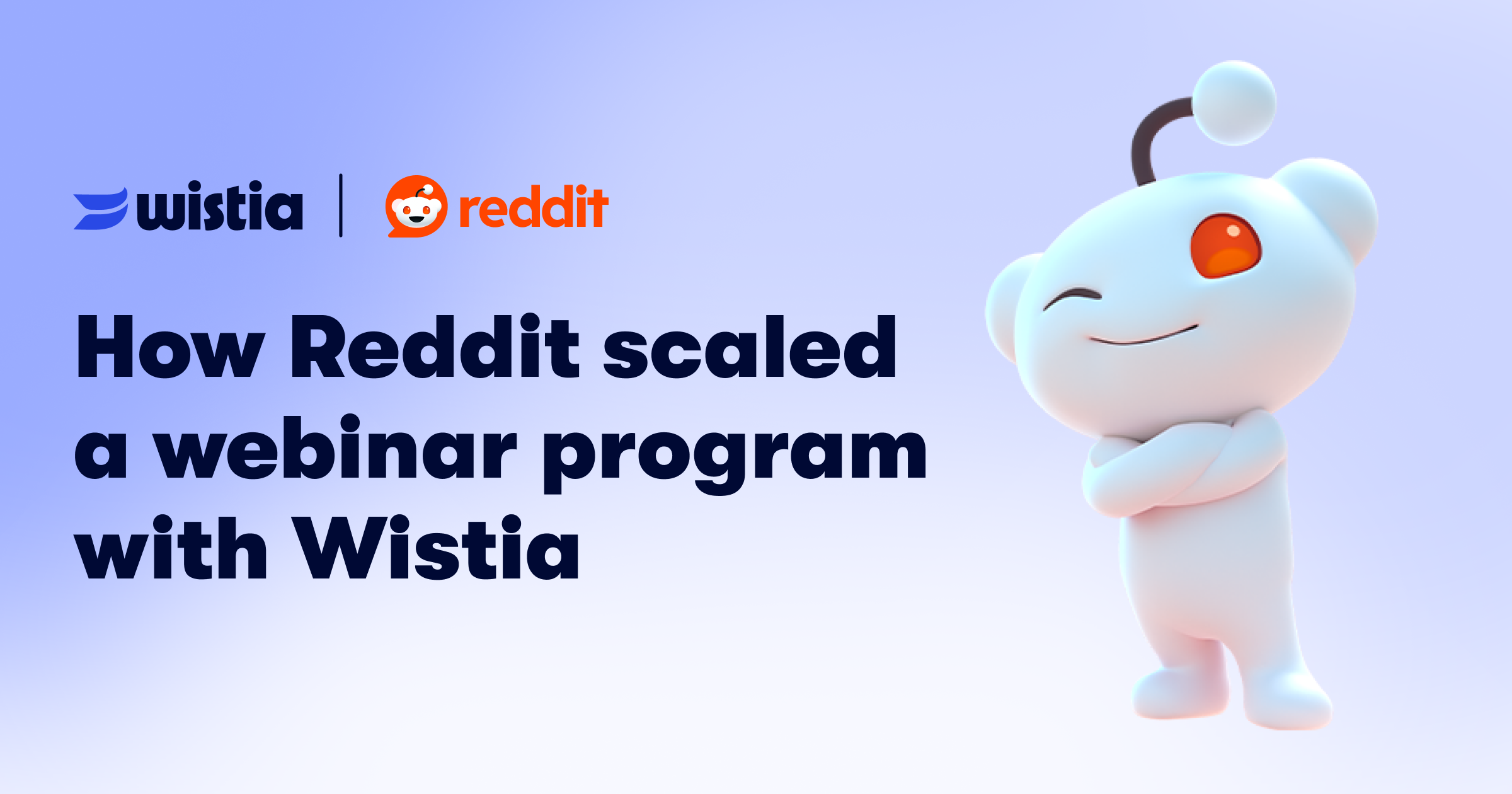Why Your Next Product Line Should be Binge-Worthy Content
October 14, 2019
Topic tags
For most businesses, building a brand comes down to creating memorable experiences for your customers and prospects — within your product, amongst your sales and support teams, on your website, in your stores, and more.
We call this the “brand experience," and it’s how businesses have typically built affinity over the years. It’s this affinity that drives word out mouth, decreases churn, and increases expansion. The company that has the strongest connection with their audience wins.
The way we create and expand these experiences in the software world, is by investing in scaling our products. To create greater brand affinity, you need to either evolve your current products or create new ones. The challenge, of course, is that adding more products means you need more support, sales, infrastructure, engineering, etc. You need more people, more complex operations, and more investment. And you need to make sure that amazing customer experience scales, too.
Creating and investing in what it takes to support additional products can increase your brand affinity, but it’s expensive and risky to pull off. However, there is a way to scale brand affinity without those risks and overhead. Instead of investing in new product lines, we think businesses should invest in content, as a product line, through Brand Affinity Marketing.
Learning from the media company model
As we talked about at length a couple of weeks ago at our live broadcast, Change the Channel, both B2C and B2B businesses can learn a lot from media companies like Netflix, Hulu, and HBO about how to market their content. For these companies, their product is the content they offer to customers, so naturally, they’re experts at aggregating and creating it, distributing that content to the public, and then building huge audiences.
By treating your content like a product line, just like a media company would, we can start to grow more demand. Fortunately for us, mainstream media is no longer solely in charge of controlling what content consumers have available to them — there’s a huge opportunity for businesses to get in on the action, too.
It’s the most scalable type of product
Arguably the best part about treating your content like a product is how scalable it is. Once you create the asset — whether that’s a video series, podcast, documentary, books, you name it — it lives on forever. If the content doesn’t land with your intended audience, you can let it fade away into the abyss and just try something new.
Now, when we reference “content” here, we’re not just talking about another blog post or guide. We’re talking about binge-worthy content, or entertaining content that’s so good consumers can’t help but want to watch, listen, or read a lot of it in one sitting. Most importantly, the content you create has to actually add value to viewers' lives, not just push them towards the next stage in the funnel.
At the end of the day, it should cost you next to nothing to keep this type of content working hard for your business compared to what it would cost to support the infrastructure around a more traditional new product line. Sure, maintaining and scaling your content requires an additional investment in content and the people who create it, but it doesn’t require additional support, sales, or engineering resources.
“It should cost you next to nothing to keep this type of content working hard for your business compared to what it would cost to support the infrastructure around a more traditional new product line.”
All you need is a small team of creative folks, internal or external, who are dedicated to creating amazing content that resonates with the right niche audience. For example, last year we created our first-ever, four-part docuseries, One, Ten, One Hundred, where we explored how creativity can be born out of constraints. This series, which was scripted, shot, and produced by our own videographers here at Wistia, went on to win a Webby award for "Best Video Series" in the branded entertainment category. To put it simply, when one of your product lines is content, it has to be good.
It’s critical that the content you create provides value outside of your product or services, is truly unique, and entertaining. If you’re going to treat your content like a new product, it should be worthy of that dedicated investment.
It’s a low risk, high reward investment
Speaking of investment, when it comes to promoting the content you create, the risk is small compared to many other traditional marketing investments. It doesn’t cost much to be able to take really big, creative risks with your content. Plus, experimenting with your content and how it performs with niche audiences can help inform other parts of your business strategy, as well. Ultimately, the key is being clear and transparent with the other leaders at your company about the risks you plan on taking from the very beginning of these brand conversations.
Advocate for setting aside a small percentage of your overall marketing budget for experimentation, and most importantly, don’t expect to measure the outcome like you would a traditional marketing activity.
When we sat down with Nancy Dussault Smith, CMO of Hydrow, on our talk-show called Brandwagon, we asked her about how she thinks about making room in the budget for more experiential marketing tactics, and she said:
“I used to always say at places where I had bigger budgets, that a certain percentage of the budget was mine to do as I choose … and nobody could question it. I’ll take this 5 or 10% of the budget, and this is what I play with. This is where I test things that in my gut feel right, but I can’t prove this to you until I try it … and that’s where a lot of wins come in.”Nancy Dussault Smith, CMO, Hydrow
Keep track of the time people spend with your brand — you could have a small audience, but if they spend a ton of time with your brand consuming content the impact can be outsized. If you’re creating content that adds value, you should start to see recommendations, comments, and qualitative feedback roll in while you’re waiting for the quantitative numbers to take shape.
“If you’re creating content that adds value, you should start to see recommendations, comments, and qualitative feedback roll in while you’re waiting for the quantitative numbers to take shape.”
One example of a business that has started putting a ton of value-add content out into the world is Drift, a conversational marketing platform for businesses. They’ve been creating podcasts, video series, and more over the past few years, and because of their success, they’ve recently decided to double-down on content.
Drift Insider Plus is an exclusive on-demand content subscription platform that “ … goes a mile deeper than what you get for free on Drift.com and Drift Insider.” At $99/year, the Drift Insider Plus subscription follows the same basic model that consumers are already super familiar with. The best part about Drift’s decision to invest more in content is that they didn’t have to spend a fortune creating a new product line to figure it out. Mark Kilens, VP of Content and Community at Drift, comments on how building a brand and creating shows has been one of the best investments Drift has made to date.
“Today there are more things than ever vying for your customer’s attention. Building an enduring, authentic brand is critical to stand out from all the noise. Creating an original show is one of the best investments your business can make. Why? Because a show is going to help you grow a captive audience, and help you build a community around your brand. We’ve seen this firsthand at Drift with our original shows like Seeking Wisdom and The Marketing Swipe File. And don’t forget that you can repurpose all of your show content into audio clips, quotes and short stories, and video segments. Package up all of that valuable content into new offers to grow your sales. It’s a no brainer.”Mark Kilens, VP of Content and Community at Drift
It attracts underserved niche audiences
Because B2B companies, in particular, are so hyper-targeted with the services they provide, there’s a huge opportunity to become the top brand in your given category, by becoming an active part of the subcultures and communities that influence your target customers. Think about the current trends in media consumption outside of your business — audiences expect content to not only be specific and tailored to them, but to be high-quality and available in abundance.
Niche audiences may be smaller than the ones your marketing team is typically used to targeting, but deep connections with people who can influence potential customers purchasing behavior is far more beneficial than simply making lots of people aware that your business exists. When businesses invest in creating binge-worthy content that appeals to a community passionate about a specific topic, it’s much easier to meet demand and start conversations about your brand.
“When businesses invest in creating binge-worthy content that appeals to a community passionate about a specific topic, it’s much easier to meet demand and start conversations about your brand.”
Focusing on a niche audience also gives you the opportunity to become the go-to destination for all types of content specific to that niche over time. Instead of casting a wide net and only capturing some of your broader audience’s attention, businesses should get more specific and focus on creating content that appeals to viewers on an identity or value-based level. Members of this subculture — because they are so passionate about the topics you’re dealing with — will likely spend more time with your brand online and on your website. This can translate into sustained engagement with your content, leading to active advocacy for your brand.
It reliably builds more brand affinity
Word of mouth advocacy isn’t just driven by your most active customers — it’s driven by anyone who has formed a strong opinion about your brand. By investing in content as your next product line, you create the opportunity to build this brand affinity at scale within niche audiences while keeping costs down. To build a lasting brand in the modern world, businesses need to start treating their content like a product.






